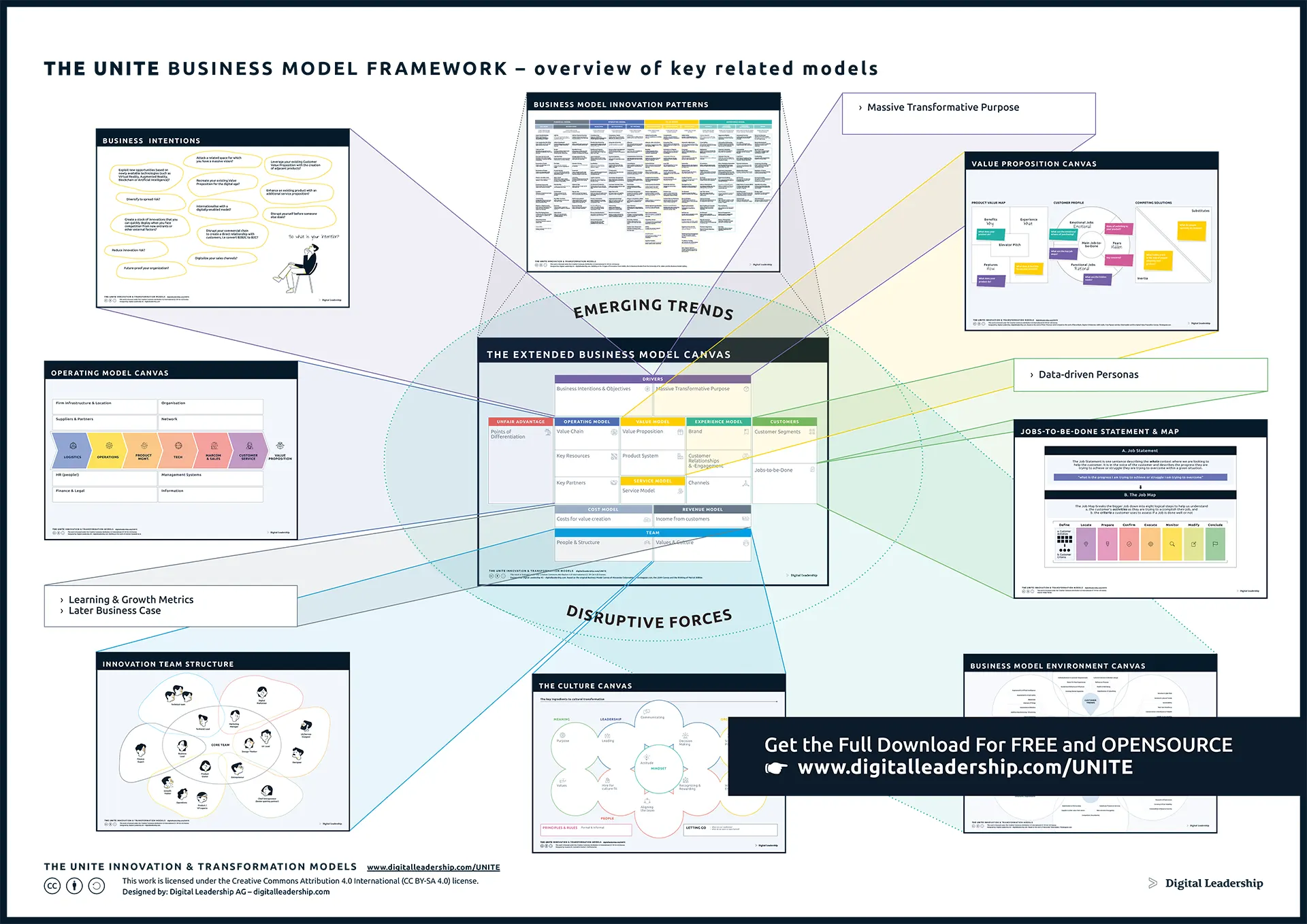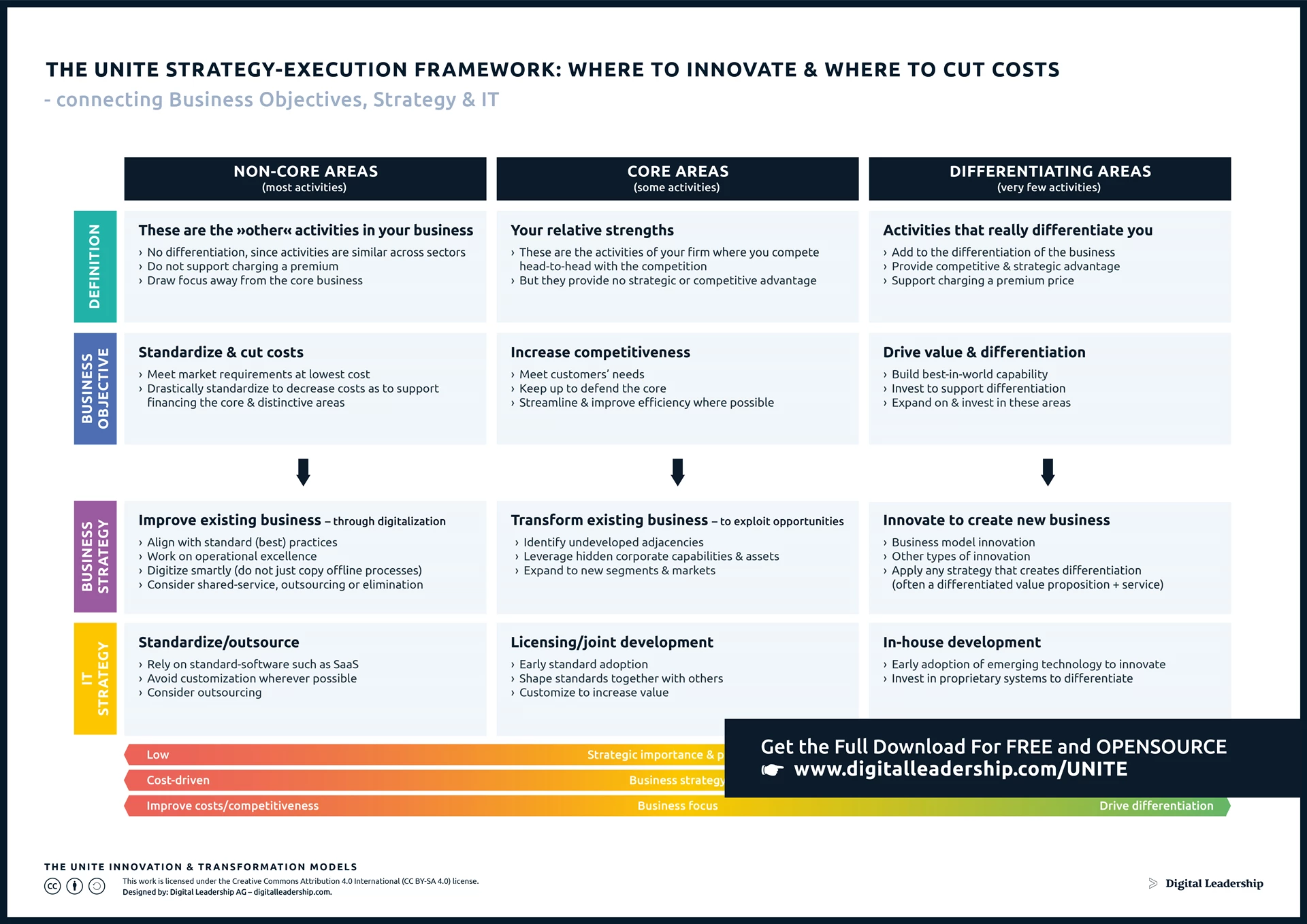Strategic Planning Process: A Complete Guide
Published: 17 November, 2022
Digital Strategy

Table of Contents
Organizations use Strategic Planning to gather all their stakeholders to evaluate the collection of current circumstances and decide upon their ongoing goals and benchmarks. They decide upon long-term objectives and establish a vision for the company’s future.
The efforts behind an organization’s Strategic Planning Processes are vital to its success, and yet, while many organizations acknowledge they need to do this kind of planning, they often don’t understand how to make it a reality. In this article, we explain the reasons behind Strategic Planning and how to make your Strategic Planning Process as powerful as possible.
As always, Digital Leadership welcomes the opportunity to partner with you and your business. If you have questions or comments, or would like to leverage the experience of one of our global experts, schedule a free consultation by visiting our CONTACT US page today!
What is a Strategic Planning Process?
Strategic planning is a process of defining an organization’s direction and making decisions on allocating its resources to pursue this direction. It involves creating a long-term plan that outlines the organization’s vision, mission, values, and objectives, as well as the strategies and tactics that will be used to achieve them.
Strategy is often misunderstood, which is surprising because fundamentally it’s a pretty basic concept. Strategy is a clearly expressed direction and a verified plan on how to get there. Your Strategic Planning Process formalizes the steps you’ll take to decide on your plan. The Strategic Planning Process facilitates using a Strategic Execution Framework that articulates where you’ll invest in innovation and where you can cut costs.
As far as business development planning is concerned, your Strategic Execution Framework is a vital tool for driving innovation, but first you must define the process you’ll undertake to determine how you and your team see the future of your organization. In this article, we discuss how to create your Strategic Plan and define its relationship to other concepts and documents that direct your business and its activities.
Related: Organizational Development: Everything you Need to Know
Tactical vs. Strategic Planning Process
An easy way to distinguish your company’s Tactical Planning from your Strategic Planning is to separate your wants from your HOWs.
In your Strategic Planning, you identify what you WANT for the company. These are big-picture dreams (achievable, but big) that are your definition of success. In your Tactical Planning, you identify the HOW for reaching those dreams, including the smaller necessary steps.
| Tactical | Strategic | |
| Purpose | Inspire specific actions | Identify general concerns and interests |
| Timeframe | Short term | Long term |
| Report | Specific results to achieve | Broad but realistic goals |
Each kind of planning is vital for securing the organization’s future, but they require different sorts of attention and philosophy, and teams that are good at planning one way may not necessarily be good at the other kind of planning.
Strategic Planning vs. Your Business Purpose
Your Strategic Planning Process will of course be deeply connected to your Business Purpose.
We like to think of Business Purpose in broad terms, choosing especially to think of a business’s role in massive transformation. Embedded within a Business Purpose is the Business Plan that directs operations and how a company delivers value to its customers.
What is the relationship between your Strategic Planning and your Business Purpose? One feeds into the other. Your Business Purpose must point to a larger impact you’ll have on the people who purchase your goods and services, and your Strategic Planning takes into account how you’ll grow and expand that Purpose as you reach more customers more successfully.
Strategic Planning vs Business Planning
Strategic planning and business planning are two distinct processes that are often used interchangeably, but they have some key differences.
Strategic planning is a top-level process that focuses on determining the direction of an organization over the long term. It involves setting goals, determining the key resources and actions necessary to achieve those goals, and allocating those resources in a way that best serves the organization’s future. The outcome of strategic planning is typically a long-term strategic plan that outlines the organization’s vision, mission, values, and objectives.
Business planning, on the other hand, is a more tactical process that focuses on the implementation of specific initiatives and projects to support the organization’s long-term goals. Business plans typically outline the steps necessary to launch a new product, enter a new market, or achieve a specific objective. They may also include budgets, marketing plans, and other operational details.
In short, strategic planning is about setting the direction for an organization, while business planning is about implementing specific initiatives to support that direction. Both processes are important for the success of an organization and should be used in conjunction to ensure that resources are allocated effectively and that the organization is moving in the right direction.
Why is Strategic Planning Important?
Imagine this scenario: A warehouse full of goods sits, unsold and unmoved. A collection of brilliant people languishes at desks all day. Outside, the world spins and changes. It’s ready for what these people could do, can do, and yet nothing happens. Needs remain unmet. Progress is halted. Everyday life takes several backwards steps. This is what your business will look like without proper Strategic Planning.
Strategic Planning forces you to consider your Strategic Objectives and critically compare them to the resources you have available. As you continuously evaluate the circumstances of your business and your customers, your Strategic Plan evolves to match your goals and business capabilities.
The process involved pushes decision-makers to practice Strategic Thinking. It limits wasteful spending, especially when upper-level managers are willing to forgo pet projects in favor of operations with a broader use and appeal.
Strategic Planning is important because it directs your resources to efficiently meet your overall Business Goals. Without Strategic Planning, you are likely to waste resources, make conflicting decisions, or fail to grow your business to its greatest potential.
When Do You Create a Strategic Plan?
Most businesses find value in reviewing their Strategic Plan every three years. This allows enough time to pass that you can evaluate the success of previous plans, reflect on the achievement of your Strategic Goals, consider developments outside your organization that affect your business, and begins formulating new goals that will become the next version of your plans.
When businesses first begin, they often have too many fires burning at once. They remain focused on existing today rather than planning for tomorrow. Most entrepreneurs remember those stressful early days of starting their businesses, and can understand why formalities like Strategic Plans can fall by the wayside. We believe if your business lasts longer than a year it’s important to develop a plan for the future. Think of Strategic Planning as a celebration of a first anniversary—a sign that you’re poised to continue moving forward for years to come.
However, Strategic Planning is not a one-off event that is over once the cookies are all gone and the room clears. Your Strategic Planning team should meet regularly to measure how effective the plans are at helping you reach your Strategic Goals. Ad hoc subcommittees can play a role in gathering evidence to ensure that your plans remain appropriate, especially if conditions change.
For example, we recommended close review of Strategic Plans and Strategic Goals once the COVID-19 pandemic made it clear that business was going to be affected at least short- to mid-term. We continue to recommend teams regularly revisit their Strategic Plans with global circumstances in mind to recognize opportunities and prepare for challenges.
Strategic Planning Process Steps

While it’s true that every business is different and must develop their own processes, we believe there are some Strategic Planning Process Steps that benefit all organizations.
Below are our recommendations for the steps to take when undergoing your Strategic Planning Process, along with the questions we suggest you answer during each specific step.
Step One: Analyze your Business Environment
- Who are your competitors?
- What relevant market data do you have, and what do you still need?
- What technology has emerged that impacts your business model?
- How have customer expectations changed since your last Strategic Plan?
- What advantages do you have over competitors?
- Where is your company weaker compared to competitors?
- What predictable complications are on the horizon?
- Which unpredictable complications seem most likely or most potentially impactful?
Step Two: Set your Strategic Direction
- What is your overall Business Purpose?
- How have your operations reflected your Purpose and Goals recently?
- How should your operations reflect your Purpose and Goals?
- Where do you see your business going in the next year?
- In two years? In three years?
- What are the metrics you’ll use to measure success?
- What are your make-or-break necessities?
Step Three: Set and develop Strategic Goals and Strategic Objectives
- Have you considered short-, mid-, and long-term goals, and what are they?
- How do your Strategic Goals reflect your Mission Statement?
- How do your Strategic Goals reflect your company values and vision?
- What daily operations must be completed to work toward your Strategic Objectives?
- How will you communicate your Strategic Goals and Strategic Objectives?
- Who is responsible for reporting on success?
- How will strategic data be collected?
Related: Strategic Goals: Examples, Importance, Definitions and How to Set Them
Step Four: Drill down to Department-Level Objectives
- What are specific department concerns?
- How will your budget influence and be influenced by your Strategic Goals and Objectives?
- Which departments have resources that could be shared to better advantage?
- What roles do individual departments play in your overall Strategic Goals?
- Who is responsible for reporting on success?
- What ongoing projects become priority because of your new Strategic Goals?
- How will strategic data be collected?
- Are Departmental Objectives complementing each other and the overall Business Model?
Step Five: Manage and Analyze Performance
- Who is on the Strategic Planning team?
- Are tasks and job descriptions properly aligned to ensure the right work is getting completed?
- What is the schedule for meeting for Strategic Planning?
- What are your metrics for measuring performance and success?
- Have you clearly articulated and shared KPIs?
- Who is responsible for gathering data?
- How will data be collected?
- How will data be reported?
- What’s at stake for strategy success or failure?
Step Six: Review and develop your Strategic Plan
- How should your Strategic Plan look on paper?
- What is your Strategy Execution Framework—how will you guarantee the Strategic Plan Team’s decisions are respected and executed?
- What is the review process?
- How often do you evaluate your Strategic Plan?
- How will you communicate your final Strategic Plan?
The Benefits of Strategic Planning
As we’ve mentioned, there are many benefits of Strategic Planning. Some of those benefits include:
- Shared sense of power and importance
- United direction
- Clear path and purpose for decision-making and operations
- Boosted operational effectiveness
- Responsible, efficient use of available resources
- Meaningful work done on a daily basis
- Tracking of progress
- Ability to adjust to changing circumstances
What is a business without Strategic Planning? In most cases, it’s not much, nor is it long for the world. While it’s possible to accidentally find success without much planning, most successful businesses are a result of careful thought mixed with the urge to pounce on opportunity.
What prepares you to pounce?
Your Strategic Planning and the processes that make it possible.
The UNITE Business Model Framework: A Framework for Innovation Success

Designed By: Digital Leadership AG
































 Book How to Create Innovation
Book How to Create Innovation